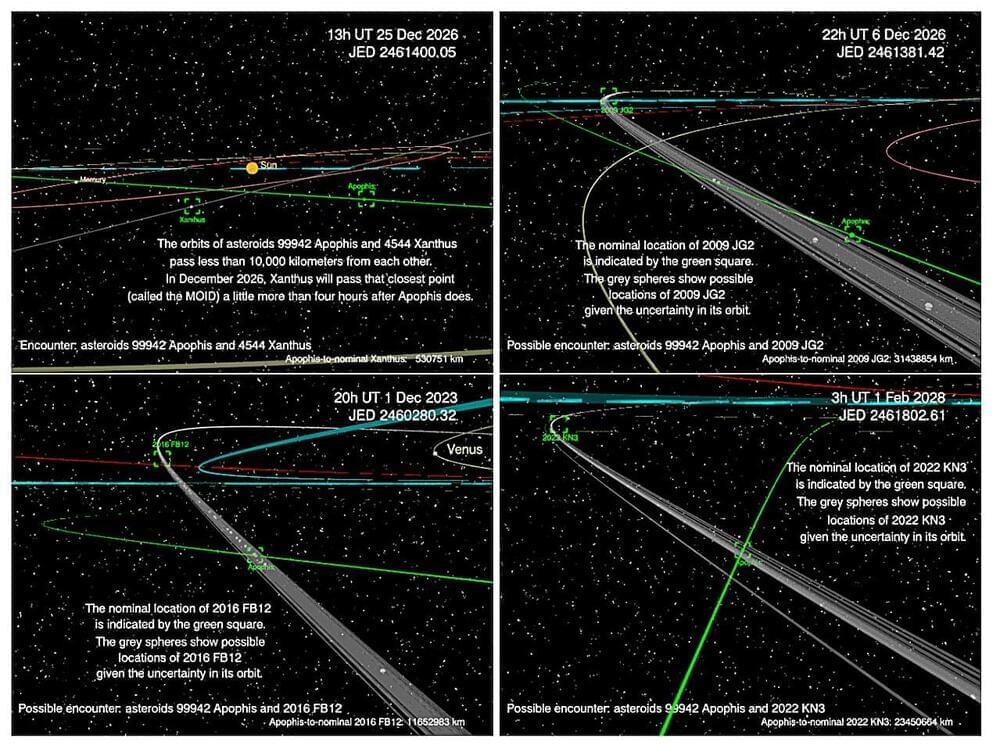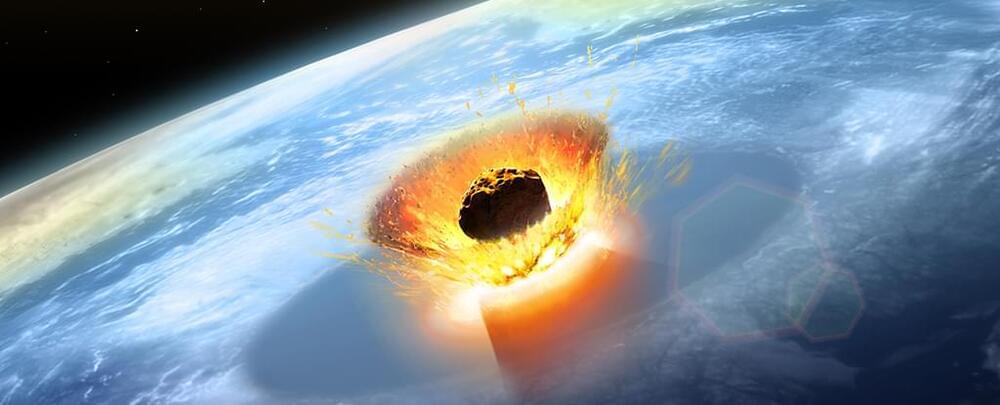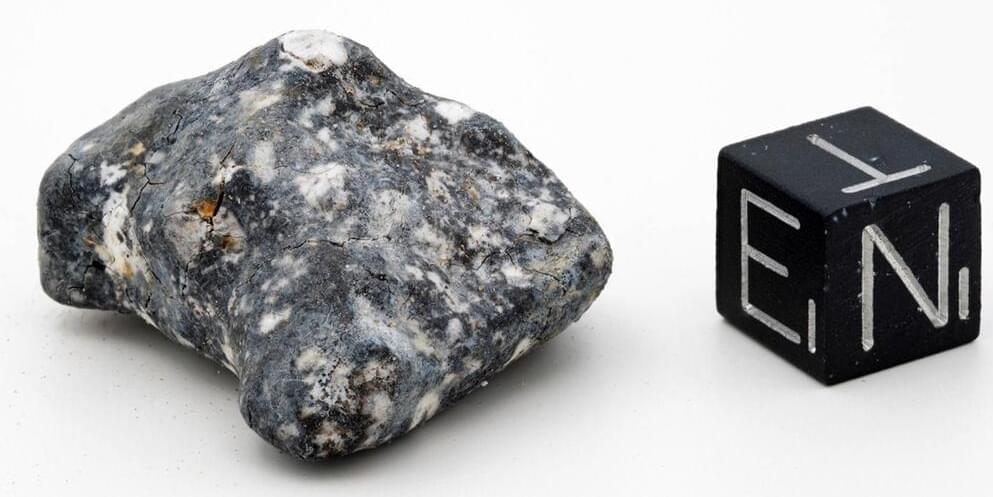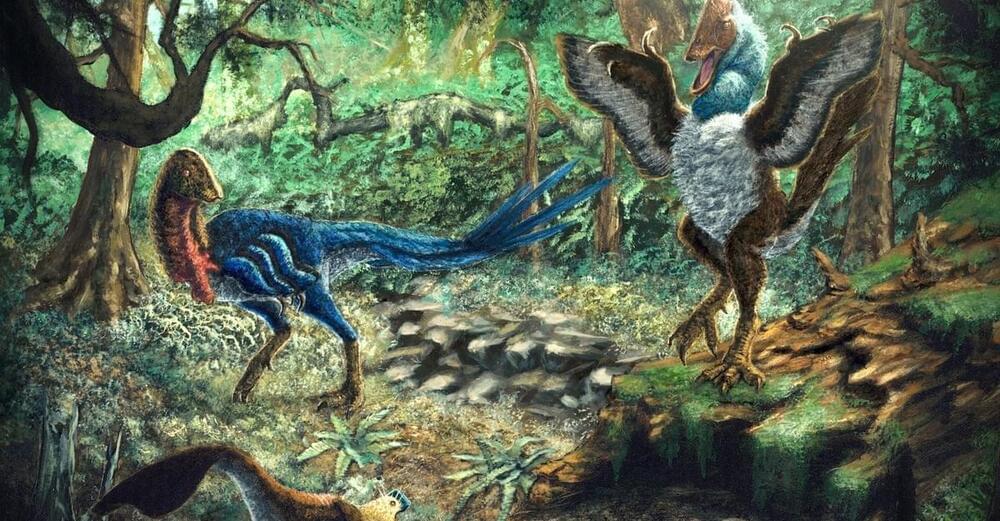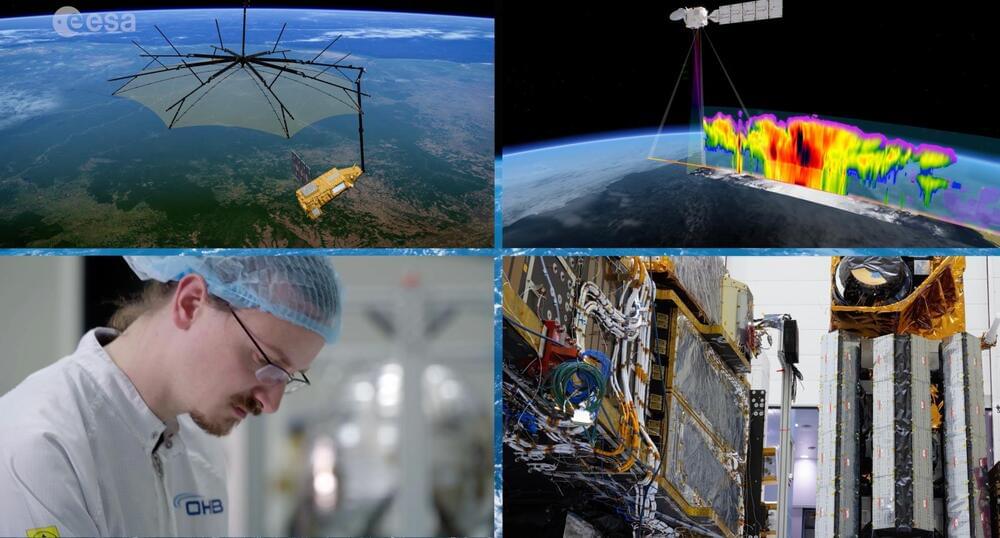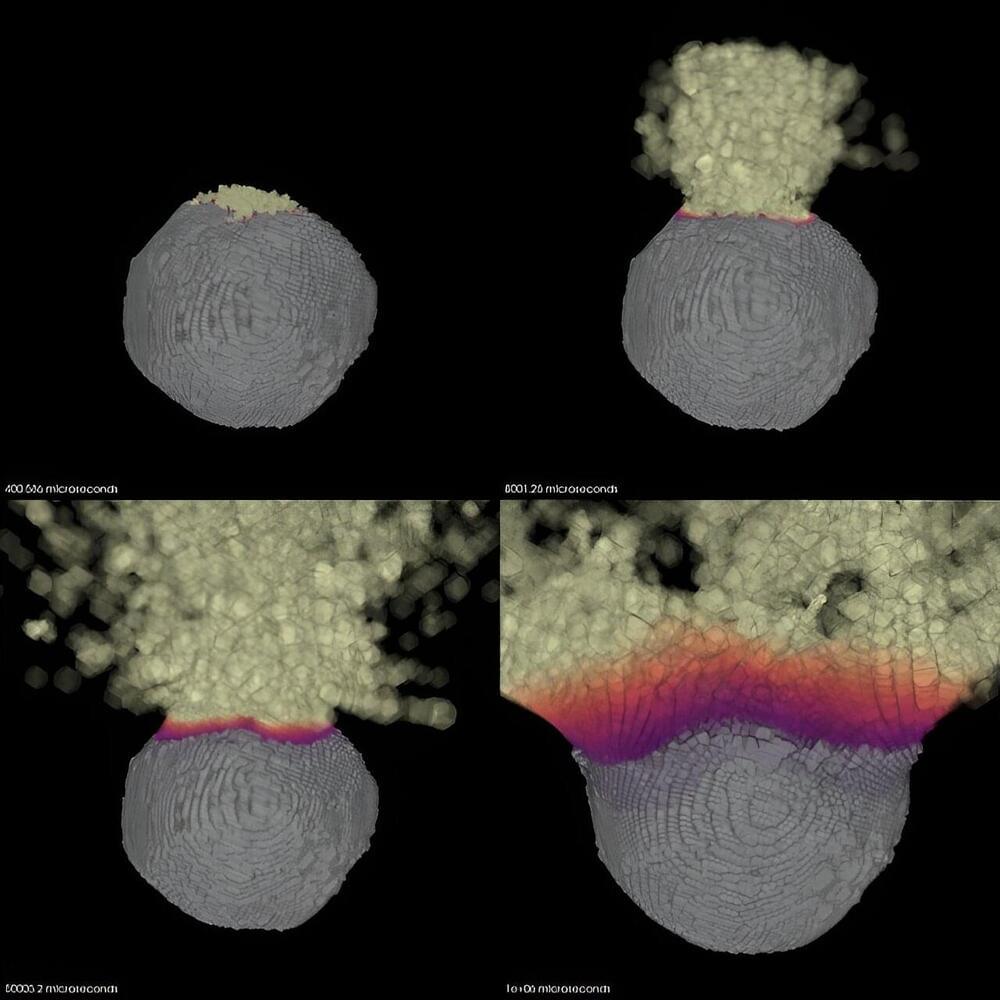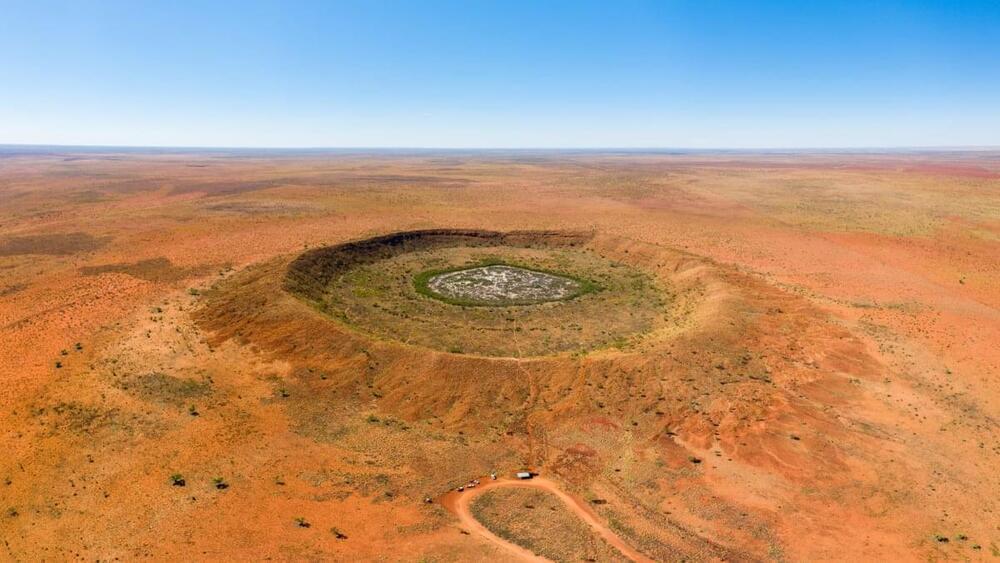Mar 9, 2024
‘Zero chance’ infamous Apophis collides with another asteroid, redirects to Earth
Posted by Dan Breeden in categories: asteroid/comet impacts, existential risks
When it was first discovered in 2004, Apophis was identified as one of the most dangerous asteroids in that there was a risk that it could impact Earth. But that impact assessment changed over the years after astronomers tracked Apophis, also known as asteroid 99,942, and its orbit became better determined, and it became clear that it was on course to miss our planet.
